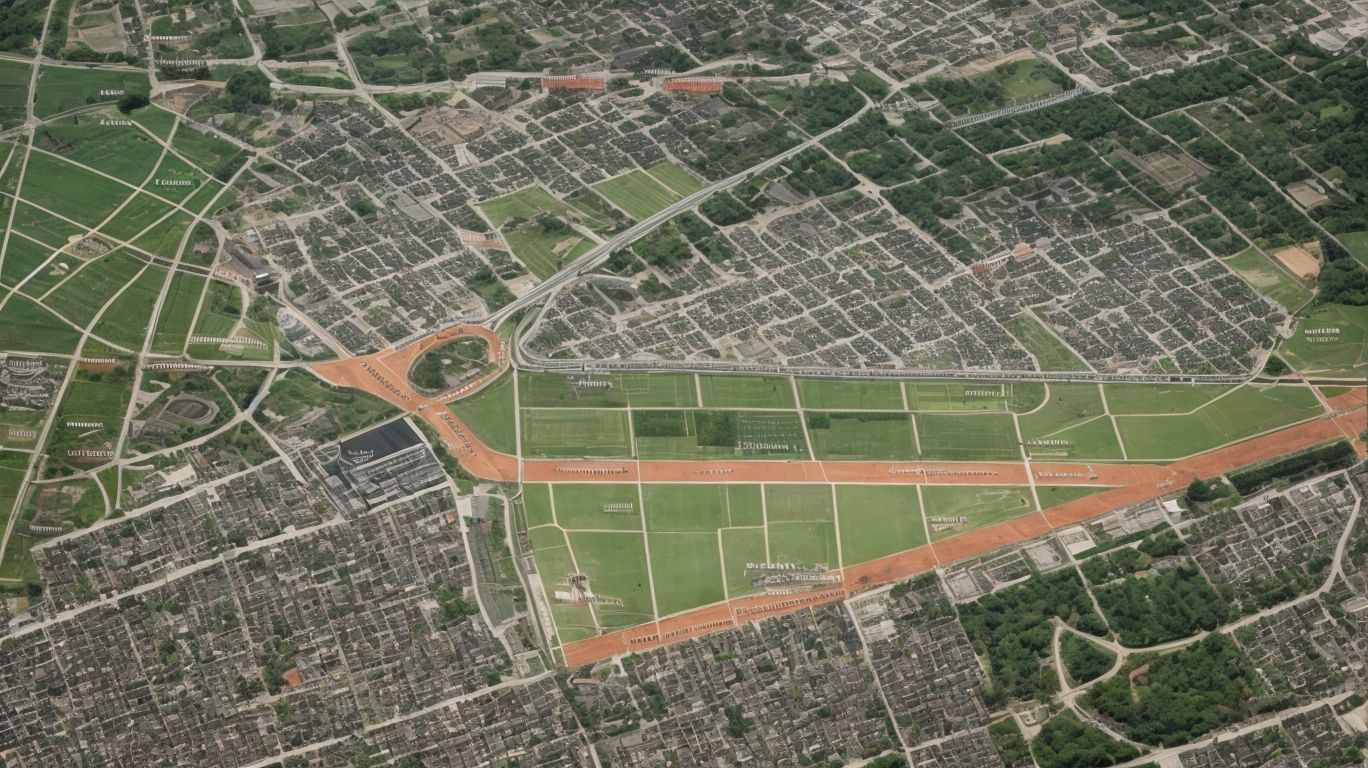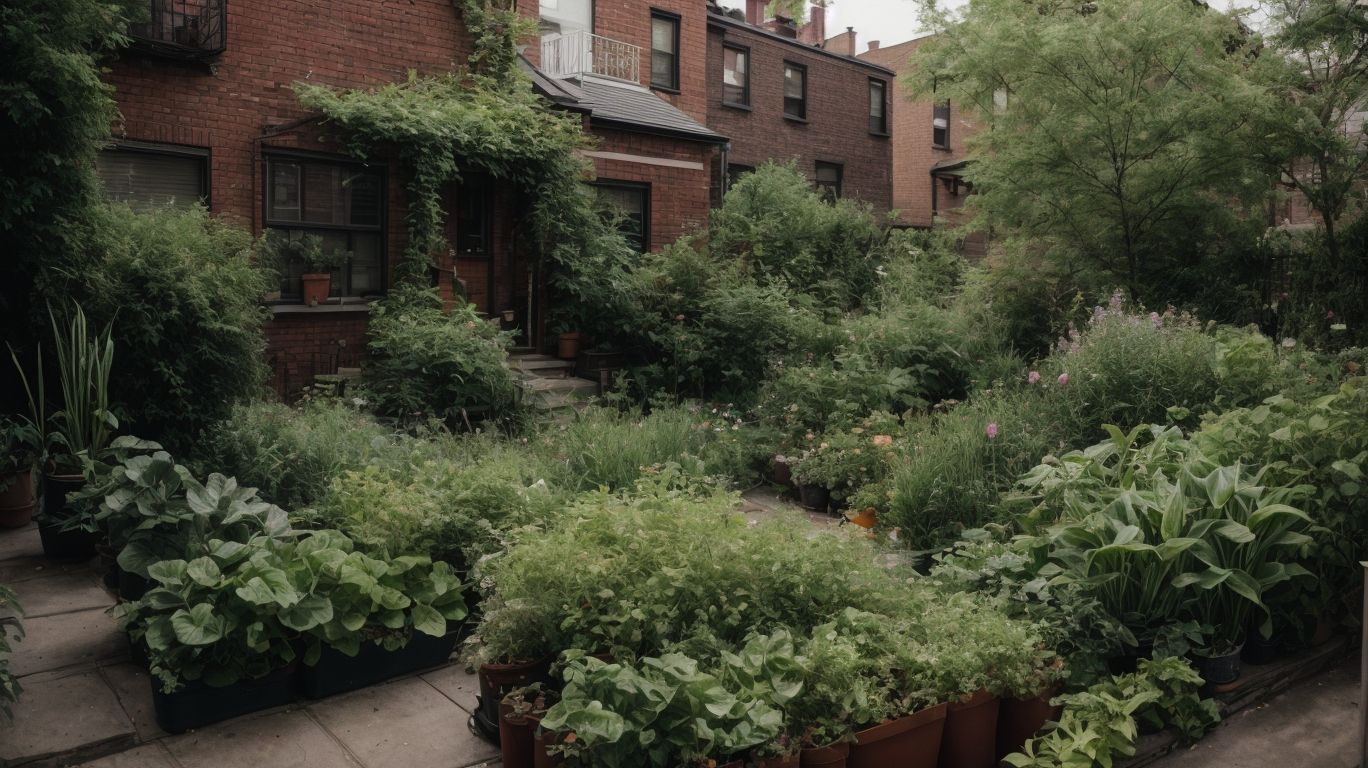Gardening zones play a crucial role in determining which plants will thrive in your specific region. Understanding your gardening zone is the key to successful gardening, as it provides valuable information about the climatic conditions and the types of plants that are suitable for your area. In this comprehensive guide, we will delve into the significance of gardening zone identification and explore the various methods to determine your gardening zone. From using the USDA Hardiness Zone Map to utilizing your zip code, we will cover everything you need to know to pinpoint your gardening zone accurately. We will take a closer look at the different gardening zones in the US, from the Arctic Zone to the Tropical Zone, shedding light on the unique characteristics of each zone. By the end of this article, you will be equipped with the knowledge to make informed decisions about plant selection and care based on your specific gardening zone. So, let’s jump in and demystify the world of gardening zones!
Key Takeaways:
What Is a Gardening Zone?
A gardening zone, often referred to as a plant hardiness zone, is a geographically defined area in which a specific category of plants is capable of growing, as defined by the United States Department of Agriculture (USDA) Plant Hardiness Zone Map.
Understanding the gardening zones is crucial for gardeners as it provides valuable information about the climatic conditions and temperatures favorable for various plants. For instance, in Texas, a vast and diverse state, knowing the USDA Zone for a particular area helps gardeners select plants that are suitable for the local environment. Different zones in gardening allow individuals to make informed decisions regarding plant selection, ensuring their growth and success. It also plays a significant role in the success of gardening practices such as planting times, care, and proper maintenance.
Why Is Gardening Zone Identification Important?
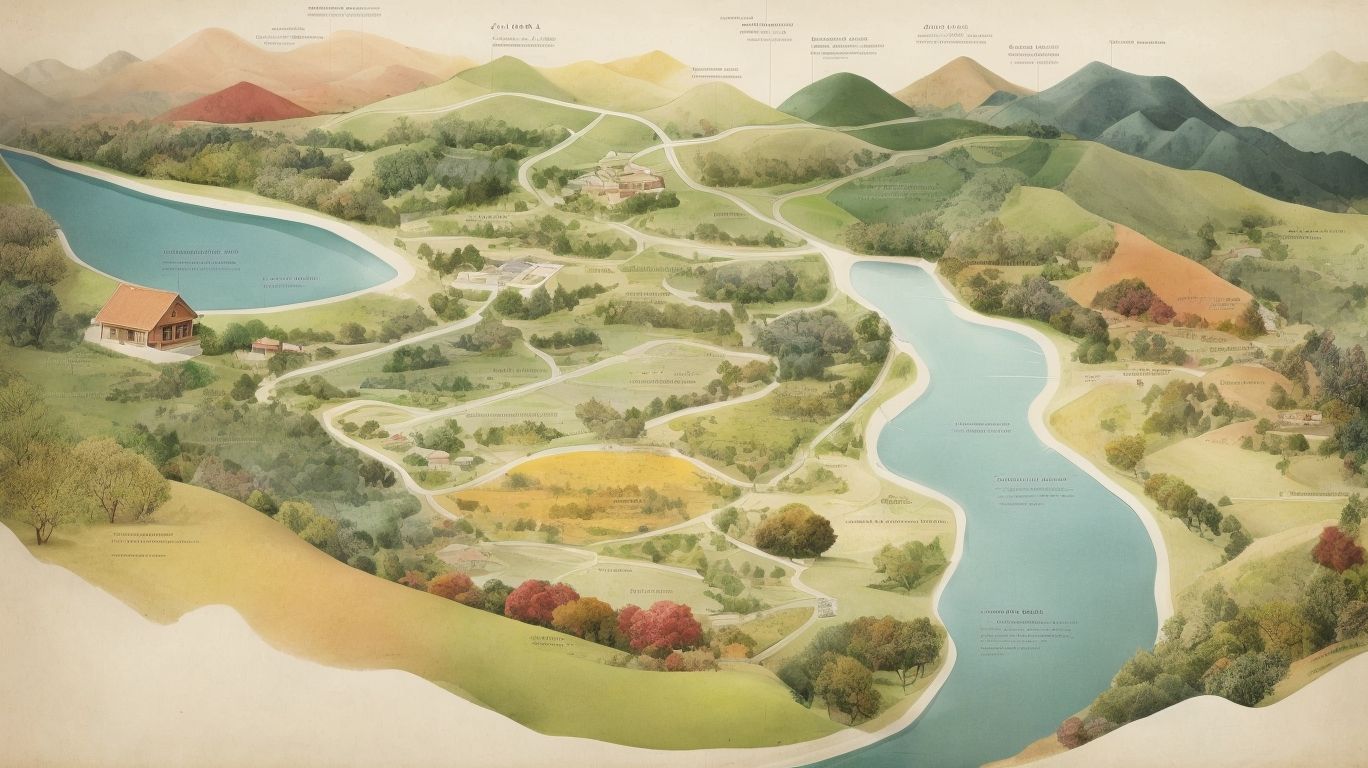
Credits: Monkinthegarden.Com – Richard Allen
Identifying the gardening zone for your location is crucial in making informed decisions about the types of plants that will thrive in your specific area, especially considering the varying winter temperatures and landscape conditions across different zones.
For instance, in Texas, the United States Department of Agriculture (USDA) has divided the state into different zones based on the winter temperatures and climatic characteristics. This classification system helps gardeners determine which plants are most suitable for their local environment. When selecting plants, it’s essential to prioritize those with adaptability to your specific zone to ensure their survival and successful growth. Understanding your gardening zone can also assist in planning and designing a landscape that will flourish in your region’s unique conditions.
How to Identify Your Gardening Zone?
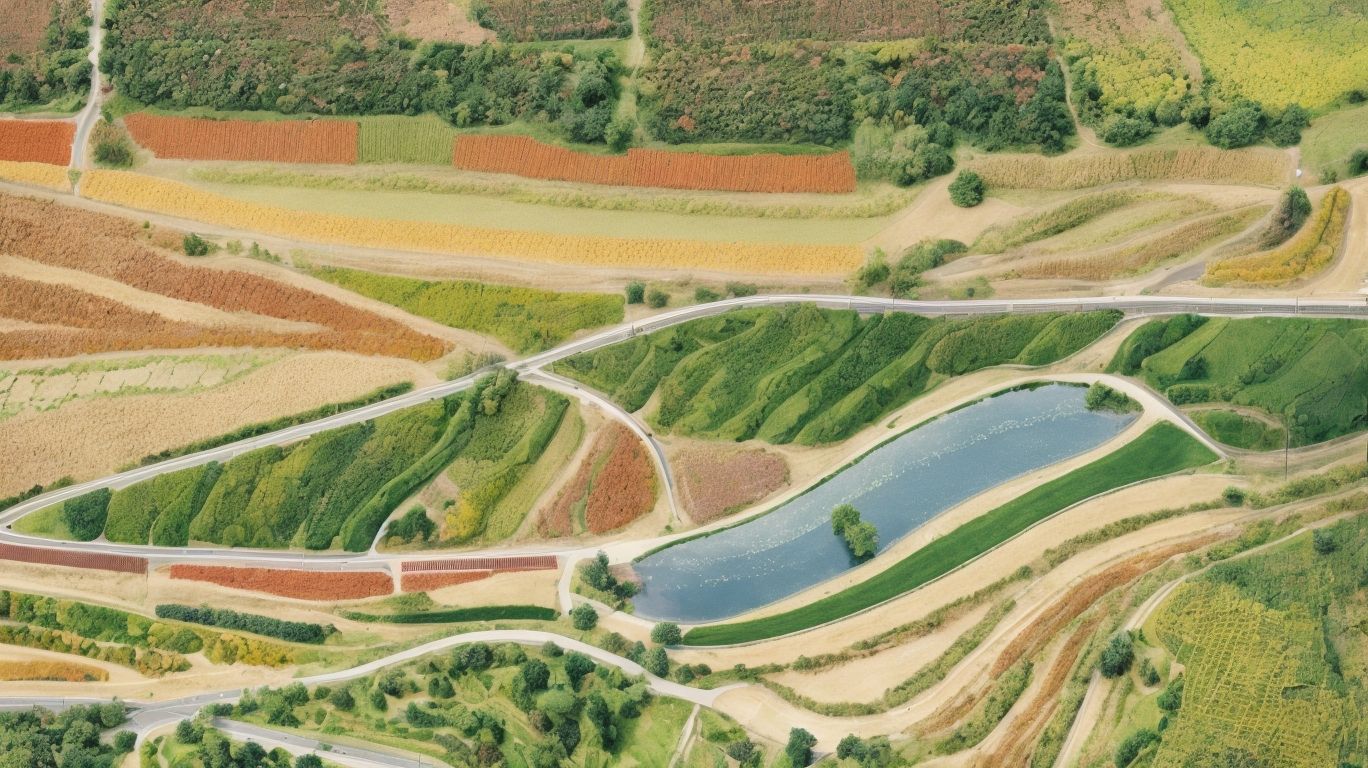
Credits: Monkinthegarden.Com – Gabriel Jackson
There are several methods to identify your gardening zone, including using the USDA Hardiness Zone Map, interactive maps, and specific instructions tailored to your region, such as those provided for Texas gardening zones.
One popular method is to utilize the USDA Hardiness Zone Map, which divides the United States into 13 zones based on the average annual minimum winter temperature. By locating your zone on the map, you can better understand the types of plants that are most likely to thrive in your area. Interactive online tools also offer a user-friendly way to determine your zone by simply inputting your zip code, providing specific and localized information for your gardening needs.
In addition, residents of Texas can access region-specific guidance from agricultural extension offices or master gardener programs, which can provide valuable insights into gardening practices and plant selection suited for Texas’ diverse climate.
Using the USDA Hardiness Zone Map
One method to determine your gardening zone is by utilizing the USDA Hardiness Zone Map, which provides detailed information about zones across the United States, including specific zones relevant to Texas, as established by the Department of Agriculture.
By referencing this map, gardeners can identify the specific climate conditions in their area, such as the average minimum winter temperatures. This information is crucial in selecting plants that are most likely to thrive in a given location, taking into account the USDA recommendations.
In Texas, where diverse climatic conditions exist, the zone mapping becomes even more important, allowing gardeners to tailor their choices to the unique, property-specific zoning regulations. Whether it’s the humid subtropical climate of East Texas or the arid conditions in West Texas, the USDA Hardiness Zone Map serves as an invaluable tool for successful gardening.”
Using the Sunset Climate Zones
Another approach to identify gardening zones is by using the Sunset Climate Zones, which offer valuable insights for gardening locations, growing seasons, and plant choices, especially in regions such as Texas with diverse climatic conditions.
Developed by the Sunset magazine, the Sunset Climate Zones categorize areas based on climate, taking into account factors like temperature, moisture, and topography. In Texas, where the climate varies greatly from the humid Gulf Coast to the arid plains of West Texas, understanding the specific Sunset Climate Zone for your gardening location is crucial.
By referencing the specific Sunset Climate Zone, gardeners can make informed decisions about suitable plant species, irrigation needs, and timing for planting and harvesting. For instance, a garden in Zone 8, encompassing parts of North and Central Texas, will have different considerations than one in Zone 9 along the Gulf Coast.
Using Your Zip Code
Utilizing your zip code can also aid in identifying your gardening zone, as it narrows down specific temperature and zone details tailored to your property, particularly in Texas and areas with varying climate conditions.
By utilizing the United States Department of Agriculture (USDA) Hardiness Zone Map and entering your zip code, you can access precise information about the plant hardiness, temperature ranges, and growing conditions that are suitable for your specific area.
This assists in selecting the ideal plants, trees, and flowers that thrive in your geographic region, ensuring a successful and sustainable garden. It’s crucial for Texas residents who experience a wide range of temperatures and climatic variations across the state, from the humid Gulf Coast to the arid regions in the west, to determine the best vegetation for their property.
What Are the Different Gardening Zones in the US?
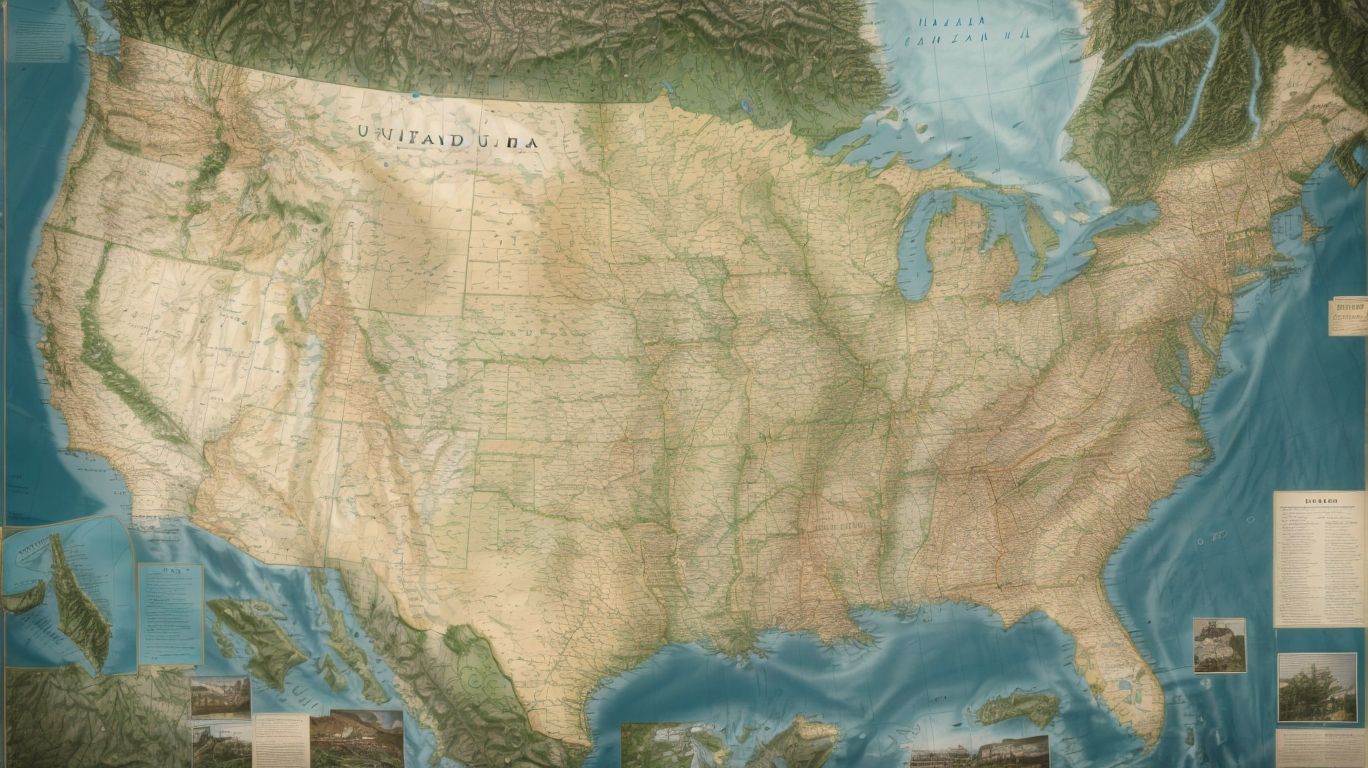
Credits: Monkinthegarden.Com – Ethan Carter
The US encompasses various gardening zones, each characterized by different temperature patterns and landscape changes, including specific zones relevant to Texas and its diverse climatic regions.
For instance, the United States Department of Agriculture (USDA) Plant Hardiness Zone Map classifies zones based on the average annual minimum winter temperatures. Zone 8a, which encompasses parts of Texas, experiences minimum temperatures between 10 to 15°F, suitable for subtropical plants. Conversely, the northern regions fall under Zone 6a, with winter temperatures dropping to -10 to -5°F, influencing the types of plants that can thrive. These variations showcase the diverse challenges and opportunities for gardening enthusiasts in different regions of Texas.
Zone 1 – Arctic Zone
Zone 1, also known as the Arctic Zone, represents an extreme climate zone, with specific implications for gardening and property management, especially in regions such as Texas with diverse climatic conditions.
The USDA plant hardiness map outlines Zone 1 as the region with the coldest temperatures, making it challenging for certain plant species to thrive. In Texas, this extreme climate zone poses unique challenges for property management, including considerations for building insulation, heating systems, and landscaping choices.
Zone 2 – Subarctic Zone
Zone 2, classified as the Subarctic Zone, presents unique challenges and choices for gardening and plant selection, particularly in regions such as Texas with diverse climatic regions and environmental considerations.
Characterized by long, harsh winters and short, cool summers, Zone 2 experiences extremely low temperatures, making it challenging for many plant species to thrive. This poses a significant consideration for gardeners in Texas, where a range of microclimates exists within the state.
The USDA Plant Hardiness Zone Map is a valuable resource for gardeners in Texas, helping them select plants that are suitable for specific zones within the state. Regional choices include hardy perennials such as Siberian iris and alpine plants like saxifrage, which can withstand the harsh conditions of Zone 2.
Gardeners in Texas should also consider factors such as soil drainage, sunlight exposure, and wind protection when planning their planting choices for Zone 2. Native plants that are adapted to the region’s climate and soil conditions can offer a viable option for sustainable gardening practices.
Zone 3 – Subarctic Zone
Zone 3, also categorized as a Subarctic Zone, offers specific considerations and choices for gardening and plant selection, particularly in regions such as Texas with diverse climatic regions and environmental factors.
For gardeners in Texas, understanding the implications of the USDA classification system is crucial. Zone 3’s low temperatures and short growing season pose challenges, requiring careful selection of:
- hardy plants
- and cold-tolerant varieties
The unique conditions of this zone make soil preparation and winter protection essential for successful gardening endeavors.
Zone 4 – Cool-Temperate Zone
Zone 4, known as the Cool-Temperate Zone, presents favorable conditions and considerations for the growing season and landscape management, especially in regions such as Texas with diverse climatic regions and environmental variations.
The USDA plant hardiness zone map classifies Zone 4 with an average annual extreme minimum temperature range of -30 to -20 degrees Fahrenheit, making it ideal for a variety of plant species that thrive in cooler climates. The relatively cooler temperatures and distinct seasonal changes in this zone allow for a longer growing season, which can be advantageous for gardeners and horticulturalists in Texas. The adaptability of plants in Zone 4 to withstand cold and frost further enhances landscape management strategies for this region.
Zone 5 – Warm-Temperate Zone
Zone 5, recognized as the Warm-Temperate Zone, provides conditions for the success of plants that thrive in warm climates, particularly relevant to regions such as Texas with diverse climatic regions and plant adaptability.
The USDA Plant Hardiness Zone Map is crucial for understanding the climatic conditions and selecting suitable plants for a particular region. In Texas, with its varied geography, Zone 5 encompasses areas with average annual minimum temperatures ranging from -10 to -20 degrees Fahrenheit. Despite this, many plants can adapt and flourish, including perennial flowers like coneflowers and black-eyed Susans, as well as shrubs like potentilla and butterfly bushes. Successful gardening in Zone 5 Texas requires attention to specific planting dates, winter protection, and selecting hardy plant varieties.
Zone 6 – Hot-Temperate Zone
Zone 6, classified as the Hot-Temperate Zone, offers extended growing seasons and demands hard work for gardening success, particularly significant in regions such as Texas with diverse climatic regions and seasonal variations.
The USDA defines Zone 6 as an area with minimum average temperatures between -10 to 0 degrees Fahrenheit, presenting favorable conditions for a variety of plants to thrive. In Texas, where the climate varies from the semi-arid west to the humid east, gardeners in Zone 6 encounter distinct challenges ranging from extreme heat to occasional frosts. The diverse seasonal variations demand careful planning and continuous effort to ensure a successful harvest and continuous garden maintenance.
Zone 7 – Mild-Temperate Zone
Zone 7, known as the Mild-Temperate Zone, requires experienced gardening practices and relies on established plant adaptability, particularly relevant to regions such as Texas with diverse climatic regions and gardening expertise.
It is important to understand the USDA Plant Hardiness Zone Map, which classifies regions based on their average annual minimum winter temperature, to make informed decisions about plant selection and care. In Texas, the varied landscapes and weather patterns demand a deep understanding of local conditions. Gardeners in Zone 7 must capitalize on the adaptability of plants to the specific climatic conditions, including the occasional frost and heat, allowing for a rich and diverse range of flora to thrive.
Zone 8 – Subtropical Zone
Zone 8, designated as the Subtropical Zone, is critical for simple plant choices and considerations in regions such as Texas with diverse climatic regions and plant adaptability.
Texas, with its varied climate, finds Zone 8 to be of utmost importance for gardening and landscaping choices. The USDA Plant Hardiness Zone Map identifies Zone 8 as an area with an average annual minimum temperature of 10-20°F, making it suitable for a wide range of tropical and subtropical plants. This setting opens up opportunities for gardeners in Texas to explore an array of plant species, from citrus trees and palms to bamboo and camellias, adding rich diversity to the local flora while requiring less maintenance and special care.
Zone 9 – Tropical Zone
Zone 9, recognized as the Tropical Zone, presents specific plant tags and considerations for today’s gardening choices, particularly relevant to regions such as Texas with diverse climatic regions and plant adaptability.
With the USDA plant hardiness zone map, gardeners in Texas can identify the suitable plant varieties best suited for Zone 9. This zone is characterized by long, hot summers and mild, short winters, creating an ideal environment for a variety of tropical plants, including palms, hibiscus, and bougainvillea. When selecting plants for Zone 9, it’s crucial to consider their heat and humidity tolerance, as well as their ability to withstand occasional cold snaps.
Modern gardening choices in this zone often prioritize xeriscaping, which involves using drought-tolerant plants and minimizing water usage, making it an eco-friendly approach to landscaping.
Zone 10 – Tropical Zone
Zone 10, categorized as the Tropical Zone, offers a variety of growing options and considerations for plant diversity, particularly relevant to regions such as Texas with diverse climatic regions and gardening choices.
With its designation in the USDA Plant Hardiness Zone Map, gardeners in Texas and other Zone 10 areas have a wealth of plant species suited to this tropical climate. From vibrant hibiscus and bougainvillea to exotic fruit trees like mangoes and avocados, the range of possibilities is vast.
The warm temperatures and consistent sunlight in Zone 10 create an ideal environment for tropical plants to thrive. Whether it’s creating lush landscapes or cultivating a personal urban jungle, the possibilities for plant enthusiasts are endless.
In addition, the diversity of native plant species in Texas adds another dimension to gardening. From the iconic bluebonnets to the striking Mexican bush sage, gardeners have a palette of options that can thrive in this tropical setting.
Zone 11 – Tropical Zone
Zone 11, designated as the Tropical Zone, provides specific growing information and considerations for gardeners, particularly relevant to regions such as Texas with diverse climatic regions and gardening insights.
This zone, as designated by the USDA, is characterized by its consistently high temperatures and year-round warmth, offering favorable conditions for growing a wide variety of tropical plants and fruits. In Texas, where the climate varies from humid subtropical in the east to arid in the west, understanding the specific requirements for plants in Zone 11 is essential for successful gardening. With the right knowledge and care, gardeners in Texas can cultivate an array of exotic species. The Zone 11 designation informs gardeners about the average minimum temperatures, guiding them in selecting plants that can thrive in these conditions.
Zone 12 – Tropical Zone
Zone 12, known as the Tropical Zone, offers optimal conditions and considerations for gardening success, particularly relevant to regions such as Texas with diverse climatic regions and plant adaptability.
With its consistently warm temperatures and ample rainfall, Zone 12 provides a conducive environment for a wide variety of tropical plants to thrive. In Texas, where the climate varies from the hot and arid conditions in the west to the humid and subtropical climate in the east, the adaptability of plants is crucial for successful gardening.
Gardeners in Texas can take advantage of Zone 12 to cultivate a stunning array of tropical fruits, vibrant flowers, and lush foliage. The ample sunlight and warmth in this zone create an ideal setting for plants that require high humidity and heat, offering unparalleled opportunities for a diverse and flourishing garden.
Zone 13 – Tropical Zone
Zone 13, classified as the Tropical Zone, presents unique challenges and considerations for gardening, particularly relevant to regions such as Texas with diverse climatic regions and environmental factors.
The USDA characterizes Zone 13 as one with year-round warm temperatures and high humidity, making it conducive for a variety of tropical plants, including palms, orchids, and ferns. The intense heat and humidity also pose challenges such as increased pest pressure, diseases, and soil moisture management. Gardeners in Zone 13, especially in Texas, need to consider specific heat-tolerant and drought-resistant plant varieties suited to the unique tropical climate. They must navigate the impact of heavy rainfall, tropical storms, and potential flooding, requiring careful landscaping and drainage strategies.
Zone 14 – Tropical Zone
Zone 14, also recognized as the Tropical Zone, requires specific conditions and considerations for gardening, particularly relevant to regions such as Texas with diverse climatic regions and property-specific zoning.
For gardeners in Texas, understanding the USDA Plant Hardiness Zone Map, which classifies regions based on their average annual minimum temperature, is crucial. Zone 14, characterized by its tropical climate, experiences consistent warmth and humidity, which affects the selection of plants suitable for cultivation. It’s essential to choose plant varieties that thrive in these conditions, including heat-tolerant vegetables, flowering plants, and fruit trees.
Property-specific zoning regulations in Texas might influence gardening practices in Zone 14. Homeowners should be aware of any restrictions or guidelines related to landscaping and planting, especially when considering vegetation placement in urban areas or planned communities.
Frequently Asked Questions
What is the gardening zone for 77422?
The gardening zone for 77422 is Zone 9a, according to the United States Department of Agriculture (USDA) Hardiness Zone Map.
How do I determine my gardening zone with an 77422 zip code?
You can use the USDA Hardiness Zone Map to determine your gardening zone by entering your 77422 zip code. You can also use online tools or consult with your local nursery for more accurate information.
What plants thrive in the 77422 gardening zone?
Plants that thrive in the 77422 gardening zone include warm-season vegetables like tomatoes, peppers, and squash, as well as flowering plants such as hibiscus and lantana.
Can I grow plants from other gardening zones in 77422?
Yes, you can grow plants from other gardening zones in 77422, but it’s important to choose plants that are suitable for Zone 9a and can withstand the climate and temperature conditions.
What is the biggest challenge for gardening in 77422?
The biggest challenge for gardening in 77422 is the hot and humid climate, which can make it difficult for some plants to thrive. Proper irrigation and shade can help mitigate this challenge.
Are there any resources available for gardening in 77422?
Yes, there are several resources available for gardening in 77422, including local gardening clubs and organizations, online forums and blogs, and helpful tips and advice from experienced gardeners in the area.

